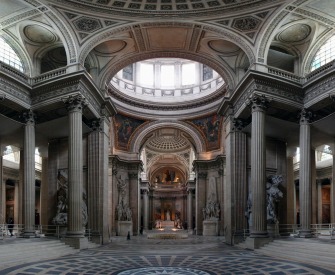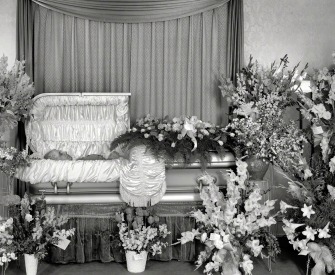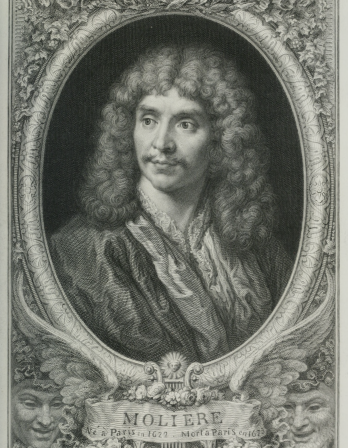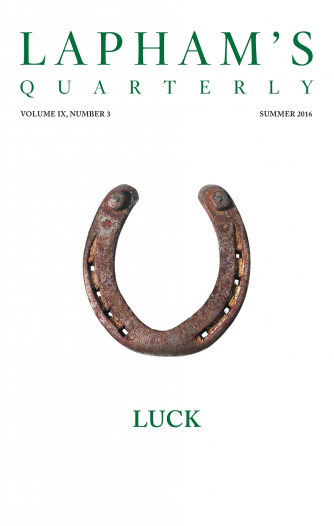Have nothing in your houses that you do not know to be useful or believe to be beautiful.
—William Morris, 1882Industrial Evolution
Le Corbusier on the spirit of housing.
The problem of the house is a problem of the epoch. The equilibrium of society today depends on it. Architecture has for its first duty, in this period of renewal, that of bringing about a revision of values, a revision of the constituent elements of the house.
Mass production is based on analysis and experiment.
Industry on the grand scale must occupy itself with building and establish the elements of the house on a mass-production basis.
We must create the mass-production spirit.
The spirit of constructing mass-production houses.
The spirit of living in mass-production houses.
The spirit of conceiving mass-production houses.
If we eliminate from our hearts and minds all dead concepts in regard to the houses and look at the question from a critical and objective point of view, we shall arrive at the “House-Machine,” the mass-production house, healthy (and morally so, too) and beautiful in the same way that the working tools and instruments which accompany our existence are beautiful.
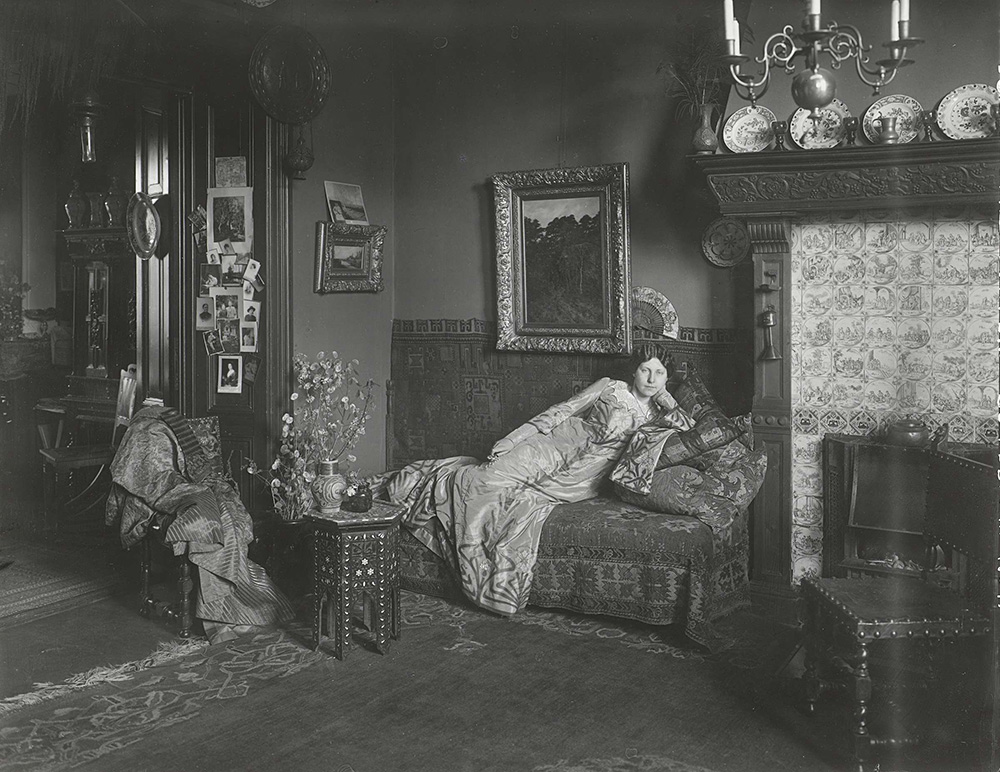
Mrs. Arnold Mac Gorter at home, Amsterdam, 1904. Photograph by Sigmund Löw. © Rijksmuseum.
Beautiful also with all the animation that the artist’s sensibility can add to severe and pure functioning elements.
The right state of mind does not exist. The state of mind for mass-production houses, the state of mind for living in mass-production houses, the state of mind for conceiving mass-production houses.
Everything must be begun from the beginning, nothing is ready. Specialization has hardly touched the domain of the dwelling house. There are neither the workshops nor the technical specialists.
But at any moment, if once the mass-production spirit came to life, everything would quickly be begun. In fact, in every branch of building, industry, as formidable as a natural force and overrunning everything like a flood that rolls on to its destined end, tends more and more to transform natural raw materials and to produce what we call “new materials.” They are legion: cements and limes, steel girders, sanitary fittings, insulating materials, piping, ironmongery, waterproofing compositions, etc. All this stuff is dumped in bulk into buildings in course of construction and is worked into the job on the spot; this involves enormous costs in labor and leads to half-and-half solutions. The reason is that the various objects have not been standardized. As the necessary state of mind does not exist, attention has never been given to the serious study of the various units, and still less to that of the construction itself; the mass-production state of mind is hateful to architects and to the ordinary man (by infection and persuasion).
One thing leads to another, and as so many cannons, airplanes, lorries, and wagons had been made in factories, someone asked the question, “Why not make houses?” There you have a state of mind really belonging to our epoch. Nothing is ready, but everything can be done. In the next twenty years, big industry will have coordinated its standardized materials, comparable with those of metallurgy; technical achievement will have carried heating and lighting and methods of rational construction far beyond anything we are acquainted with. Contractors’ yards will no longer be sporadic dumps in which everything breathes confusion; financial and social organization, using concerted and forceful methods, will be able to solve the housing question, and the yards will be on a huge scale, run and exploited like government offices. Dwellings, urban and suburban, will be enormous and square-built and no longer a dismal congeries; they will incorporate the principle of mass production and of large-scale industrialization. It is even possible that building “to measure” will cease. An inevitable social evolution will have transformed the relationship between tenant and landlord, will have modified the current conception of the dwelling house, and our towns will be ordered instead of being chaotic. A house will no longer be this solidly built thing that sets out to defy time and decay, and which is an expensive luxury by which wealth can be shown; it will be a tool as the motorcar is becoming a tool. The house will no longer be an archaic entity, heavily rooted in the soil by deep foundations, built “firm and strong,” the object of the devotion on which the cult of the family and the race has so long been concentrated.
Everybody, quite rightly, dreams of sheltering himself in a sure and permanent home of his own. This dream, because it is impossible in the existing state of things, is deemed incapable of realization and so provokes an actual state of sentimental hysteria; to build one’s own house is very much like making one’s will. When the time does arrive for building this house, it is not the mason’s nor the craftsman’s moment, but that moment in which every man makes one poem, at any rate, in his life. And so, in our towns and their outskirts, we have had during the last forty years not so much houses as poems, poems of an Indian summer, for a house is the crowning of a career…at that very moment when a man is sufficiently old and worn by life to be the prey of rheumatism and of death and of crazy ideas.

Le Corbusier
From Toward a New Architecture. “A house is a machine for living,” the Swiss-born Corbusier writes elsewhere in this influential manifesto. A leading modernist architect, Corbusier promoted the idea that engineering principles could improve city life; many projects influenced by him were considered to be colossal failures. “Corbusier,” wrote Tom Wolfe in From Bauhaus to Our House, “was the sort of relentlessly rational intellectual that only France loves wholeheartedly.”
